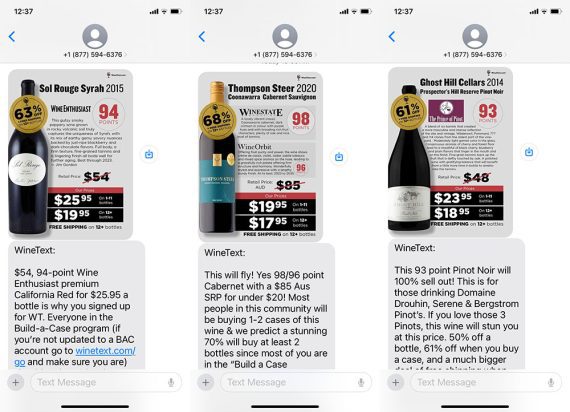In 2024, Chrome will end third-party tracking cookies once and for all, forcing some marketers to look for alternatives.
Google Chrome is the world’s most popular internet browser, with just over 65% of the global market in February 2024, according to Statista. Chrome began eliminating tracking cookies last month for approximately 1% of users and will have wholly removed third-party cookies by year’s end.
Chrome is among the last bastions for third-party tracking cookies. Up to now, Google has permitted tracking while it devised ways to blunt the impact of going cookieless on its advertising business. Meanwhile, Apple’s Safari, Mozilla’s Firefox, Opera, Brave, and the surging Arc Browser have all taken elimination steps.
Signal Loss
Google, Facebook, ad networks, and retargeting platforms have long relied on third-party cookies for targeted advertising for their clients. Placing cookies across millions of websites enables those providers to track the actions of individual consumers across the web and serve relevant, high-performing ads.
The end of cross-site tracking cookies means the advertising networks lose signal and become relatively less effective.
The result for most marketers is to double down on direct relationships with consumers.
Direct Message Marketing
Direct message or lifecycle marketing employs email, text (i.e., SMS and MMS), and messaging apps to communicate directly with customers and prospects.
Direct message marketing is already a popular promotional channel for many good reasons.
Strong engagement. Email and text messages are sent directly to subscribers and tend to have strong engagement rates.
For example, at least one report put the average return on advertising spend for email marketing in 2024 at 3.5 to 1. Compare this to 1.8 for Facebook ads and 1.55 for pay-per-click search advertising.
Text message marketing may even be better. A top example is Gary Vaynerchuk’s Wine Text. The service sends regular wine offers to a willing audience of shoppers.

Three Wine Text offers from February 2024. Text messages can have extremely high engagement rates. Click image to enlarge.
Personalization and targeting. With direct message marketing, marketers can use subscribers’ interactions and behaviors to tailor messages, increasing engagement and conversions.
If a subscriber tends to buy more red wine than white, WineText can send offers for the former or bundle bottles to introduce a variety.
Less expensive than ads. Direct message marketing is relatively more cost-effective than top-of-funnel ads. Focusing on individuals who have shown an interest in a product or service lowers the cost.
Strong customer relationships. With direct message marketing, a business “owns” the relationship. The subscriber is familiar with the company and presumably welcomes its solicitations.
Getting Subscribers
To be sure, the ROAS of email and text marketing has always been high, long before the elimination of third-party cookies. So if direct messaging is so powerful, why weren’t marketers focused on it?
The answer is getting email or text subscribers is difficult. For example, Mailchimp estimated that the average email subscription rate in 2024 for ecommerce businesses was 0.19% — for every 500 folks who see an ecommerce email subscription form, slightly fewer than one will sign up.
Many online stores sought subscribers in conjunction with a first sale. It was easier to acquire a customer via, say, a Meta ad than enticing her to the website to subscribe.
Thus direct messaging marketing is effective, but obtaining subscribers is not easy.





